Our Favourite Health & Wellness Picks From Takealot.com
Last month, we did a round up of our favourite Takealot Cult Classics – you loved it so much, we decided to bring you more.
There’s a certain joy in finding a self-care product that delivers exactly what it promises—something that enhances your routine and actually feels like a daily pleasurable indulgence rather than a chore. Whether it’s a hydration boost, a gut-health fix, a skincare essential or a book that can transform the way you think; the right pick can be the catalyst to achieving your personal wellness goals for body, mind and more.
Not long ago, getting your hands on broad-spectrum wellness gems often meant scouring international retailers or dealing with long shipping times, or heading to obscure health stores in far-flung places. Now, Takealot is making it easier than ever to access some of the best self-care products without the wait. We’ve put together a list of our thirteen must-haves in the health and wellness segment that are available right now—ones we think deserve a spot in your routine, on your journey to be your very best self.
In recent years, protein has become the undisputed star of the wellness zeitgeist, celebrated both as the key to muscle gains and as a solution to strength and vitality in our continued understanding of women’s health. Reaching your protein goals is absolutely essential for every cell in the body, supporting muscle repair, hormone production, and overall metabolic function— and now, there are multiple ways to make those gains beyond our idea of a heavy, steak dinner. A game-changer in functional hydration, Gloot’s Protein Water in Tropical Crush flavour is a refreshing, easy-to-digest source of protein. Unlike traditional shakes, which can feel heavy, this ultra-light, fruit-infused water delivers 15g of protein per bottle without added sugars or artificial nasties. Whether post-workout, mid-afternoon, or as a recovery boost, it supports muscle repair and keeps you energised without bloating. Hydration and protein in one? Perfect.
The Harvest Table Multi Collagen Powder
Collagen is the scaffolding of our skin, joints, and gut health— and by the time we turn 25, our skin begins to lose its natural collagen stores, leading to reduced elasticity and firmness. We know, it’s scary babes, but fear not. We live during a time in which it’s easier than ever to combat the onset of our biological clocks. Cue, The Harvest Table’s Multi Collagen Powder that combines Type I, II, and III collagen peptides to maximise bioavailability and benefits (the different types just mean they target various tissues—Type I for skin and hair, Type II for joints, and Type III for gut and connective tissue support). This powerhouse blend promotes skin elasticity, joint mobility, and stronger hair and nails. Tasteless and easy to mix into coffee, smoothies, or soup, it’s a non-negotiable way to future-proof your body from the inside out.
All imagery courtesy of Takealot.com
Breaking the Habit of Being Yourself: How to Lose Your Mind and Create a New One
Self-help books are out, and self-rewiring manuals are IN. If you’ve ever wanted to meditate your way into a new frame of mind — Dr Joe Dispenza is your man. Dispenza’s seminal book, Breaking the Habit of Being Yourself, blends neuroscience, quantum physics, and meditation techniques to help you break free from limiting thought patterns or those that perpetuate negative thinking. If you’ve ever felt stuck in cycles of self-doubt and unhealthy thought patterns, this book offers practical tools to reshape your mindset, making it a must-have in any self-care arsenal. It truly does show you how to re-wire your thinking for a more positive outlook which can only be good for us. We’re over self-limiting beliefs and as some might say, you are what you think. The appeal of Dr Joe Dispenza is that he treats meditation less like a spiritual escape and more like a daily mental workout. No fluff, just focus.
Wazoogles Superfood Protein Blend
Wazoogles is the gold standard of superfood protein powders. Packed with organic plant-based protein, adaptogens, and nutrient-dense superfoods like maca, lucuma, and chia seeds, it’s designed to nourish on a cellular level, and it’s made even better by its rich, indulgent flavours that transform smoothies into nutrient-packed treats. Unlike conventional protein powders that focus solely on protein content, Wazoogles Superfood Protein Blend provides a full spectrum of nutrients that support energy, digestion, and hormone balance. Plus, its whole-food ingredients mean better absorption and no synthetic additives—just pure, functional nutrition.
A centuries-old beauty ritual turned modern essential, the Gua Sha tool lifts, depuffs, and sculpts the face while improving circulation and lymphatic drainage. Rooted in Traditional Chinese Medicine, gua sha (meaning ‘scraping sand’) was originally used to promote healing by increasing blood flow and releasing stagnant energy, or ‘chi.’ Whether used with facial oil or serum, it relieves tension, boosts glow, and enhances product absorption. While traditionally crafted from jade or rose quartz, stainless steel finds itself as a leading material for Gua Sha design in the new age; as its naturally antibacterial, ultra-durable, and non-porous, while staying cool and glides effortlessly for deeper, more effective sculpting. A five-minute ritual that transforms dull, tired skin into sculpted radiance? Yes, please.
Babes, are you dry-brushing? Dry brushing is an ancient wellness practice that involves using a firm-bristled brush on dry skin in upward strokes to promote detoxification and renewal. By encouraging lymphatic flow, it helps flush out toxins, reduces puffiness, and supports overall skin health. Regular use can improve skin texture and unclog pores, and even enhance the body’s natural ability to shed dead skin cells. The Olio Body Brush stimulates lymphatic drainage, boosts circulation, and gently exfoliates, leaving skin ultra-soft while reducing the appearance of cellulite. This is a must-do pre-shower ritual that wakes up both your body and mind; remember, your body is an intricate system that requires movement and flow in order to function optimally.
Oral health can often be overlooked in self-care, especially the varying ways to practise it. As part of an age-old practice rooted in Ayurvedic tradition, tongue scraping is a simple yet powerful tool to support gut health and oral health, by reducing toxins that build up overnight. By clearing away the bacteria and debris that accumulate on the tongue, tongue scraping helps prevent harmful microbes from being swallowed and disrupting the gut microbiome. Olio’s stainless-steel tongue scraper is a daily essential, and removes said bacteria, improves breath, and enhances taste perception, with effortless perfection. A cleaner tongue means a healthier digestive system; literally though, oral bacteria play a key role in everything from inflammation to nutrient absorption.
A mist of instant freshness, South Africa’s fave, Le Live, has a Hydration Spray that is skin-quenching, antioxidant-rich spritz that revives and soothes. Whether used post-cleanse, over makeup, or after sun exposure, it restores moisture levels and calms inflammation in your skin. The size is a travel-friendly essential and as we head into winter; we definitely want to maintain that dewy, healthy skin all season long.
Our delicate under-eyes need extra care, and Avene’s Eye Cream truly delivers. As the skin around the eyes is thinner and more sensitive, it requires targeted products that address its unique needs for hydration and protection. Infused with thermal spring water, Avene’s Eye Cream hydrates, soothes puffiness, and reduces fine lines. Its gentle formulation is perfect for sensitive skin, offering an instant refresh while protecting against environmental stressors. With consistent use, it helps strengthen the skin barrier, leaving the under-eye area smoother, brighter, and more resilient.
Kiko Vitals ‘Heal Your Gut Duo’
A healthy gut is the foundation of overall wellness, and Kiko Vitals’ ‘Heal Your Gut Duo’ is designed to restore balance from the inside out. This proudly South African brand offers a two-step system which includes a high-quality probiotic to repopulate beneficial gut bacteria, and a potent gut cleanser that removes toxins and supports digestion. Whether you struggle with bloating, sluggish digestion, or skin flare-ups, this duo works synergistically to promote better gut function, boost immunity and enhance nutrient absorption. Given the gut’s profound link to mental health, skin clarity, and energy levels, this is a must-have for anyone looking to optimise their well-being. And to all our gals, good gut health is particularly essential for hormonal balance.
Clarins Lip Comfort Oil is a skincare treatment disguised as a beauty product. Infused with nourishing plant oils like organic jojoba, hazelnut, and rosehip, it deeply conditions while adding a subtle sheen to your lips. Unlike traditional glosses, it’s non-sticky, lightweight, and is intended to improve the health of your lips over time. Whether you wear it alone for a naturally plump look or as a topper over lipstick, this oil is sure to keep your lips deeply hydrated and oh so gorge.
A true multi-tasking essential, Dr Paw Paw Original Balm is one of those products that belongs in every bag. Made with papaya fruit extract, aloe vera, and castor oil, this fragrance-free formula has the range to hydrate, and heal everything from dry skin, to chapped lips, and even rough cuticles. It can even double as a glossy highlighter, a brow tamer, or an emergency hand cream. It’s giving range, darling. The beauty of this balm lies in its simplicity—just one tube does it all, making it a go-to for low-maintenance, effective self-care.
Pure Beginnings Activated Charcoal Toothpaste
For a naturally brighter smile without harsh chemicals, Pure Beginnings Activated Charcoal Toothpaste is a standout. Activated charcoal has come out as our greatest natural ally in teeth whitening; gently polishing away stains and plaque-build up in one fell swoop. Pure Beginning’s version is infused with xylitol and organic aloe that soothe gums and balance oral pH, and it’s free from fluoride, artificial sweeteners, and SLS. This is a clean, non-toxic choice for those prioritising both oral health and overall well-being; and don’t worry, that minty taste is still very much present, for the ultimate, fresh pearly-white feeling.
Written by: Holly Beaton
For more news, visit the Connect Everything Collective homepage www.ceconline.co.za







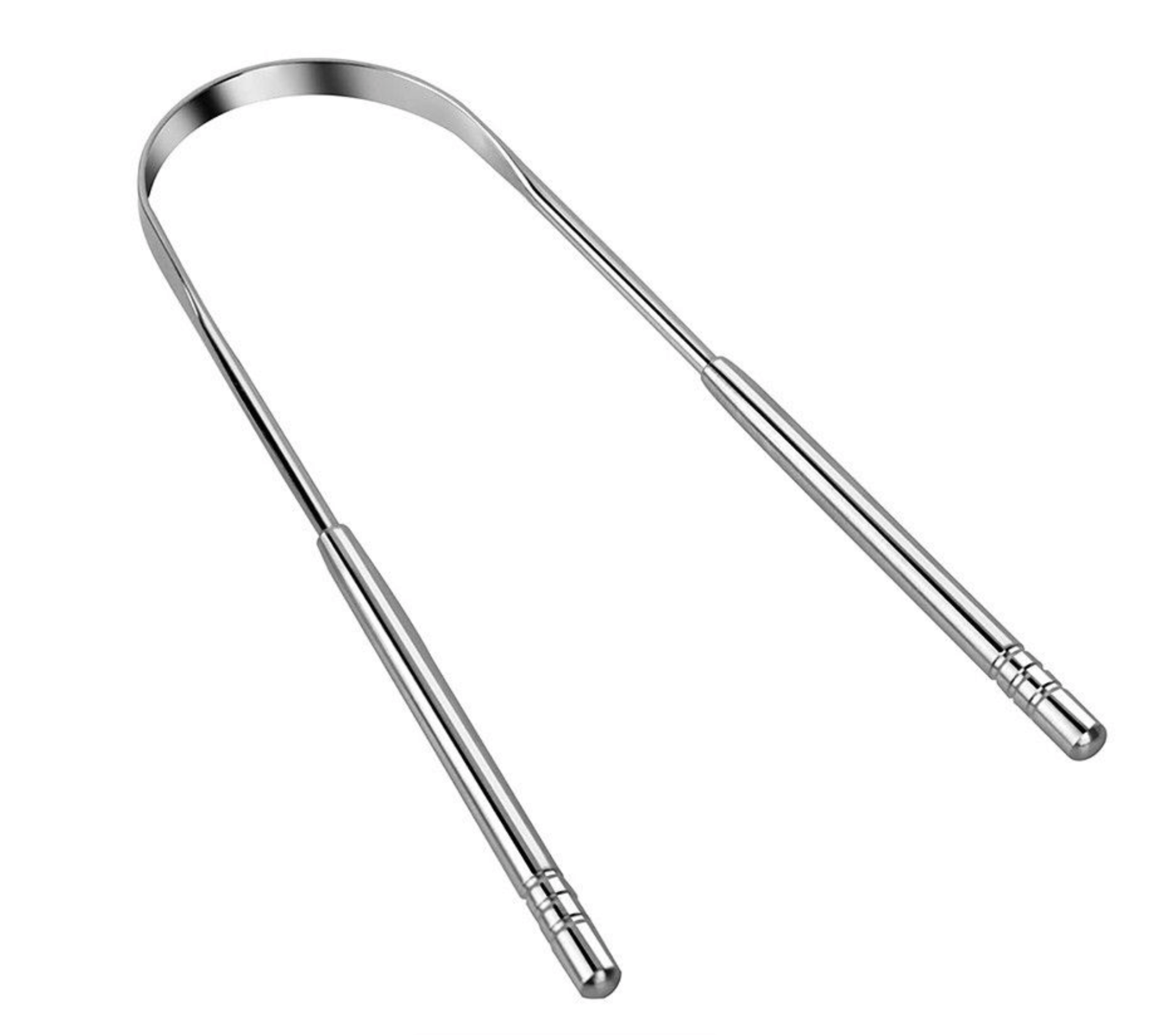
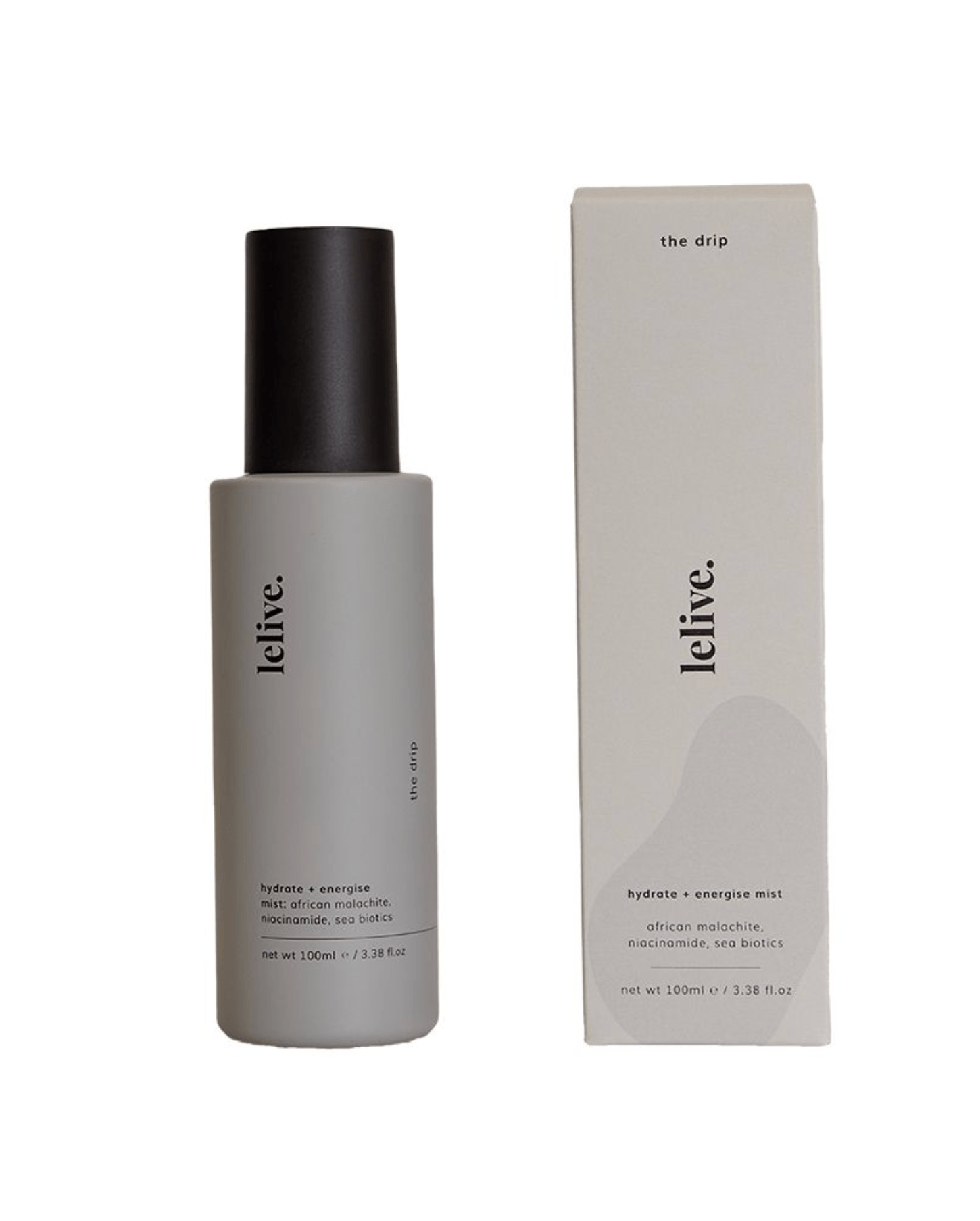





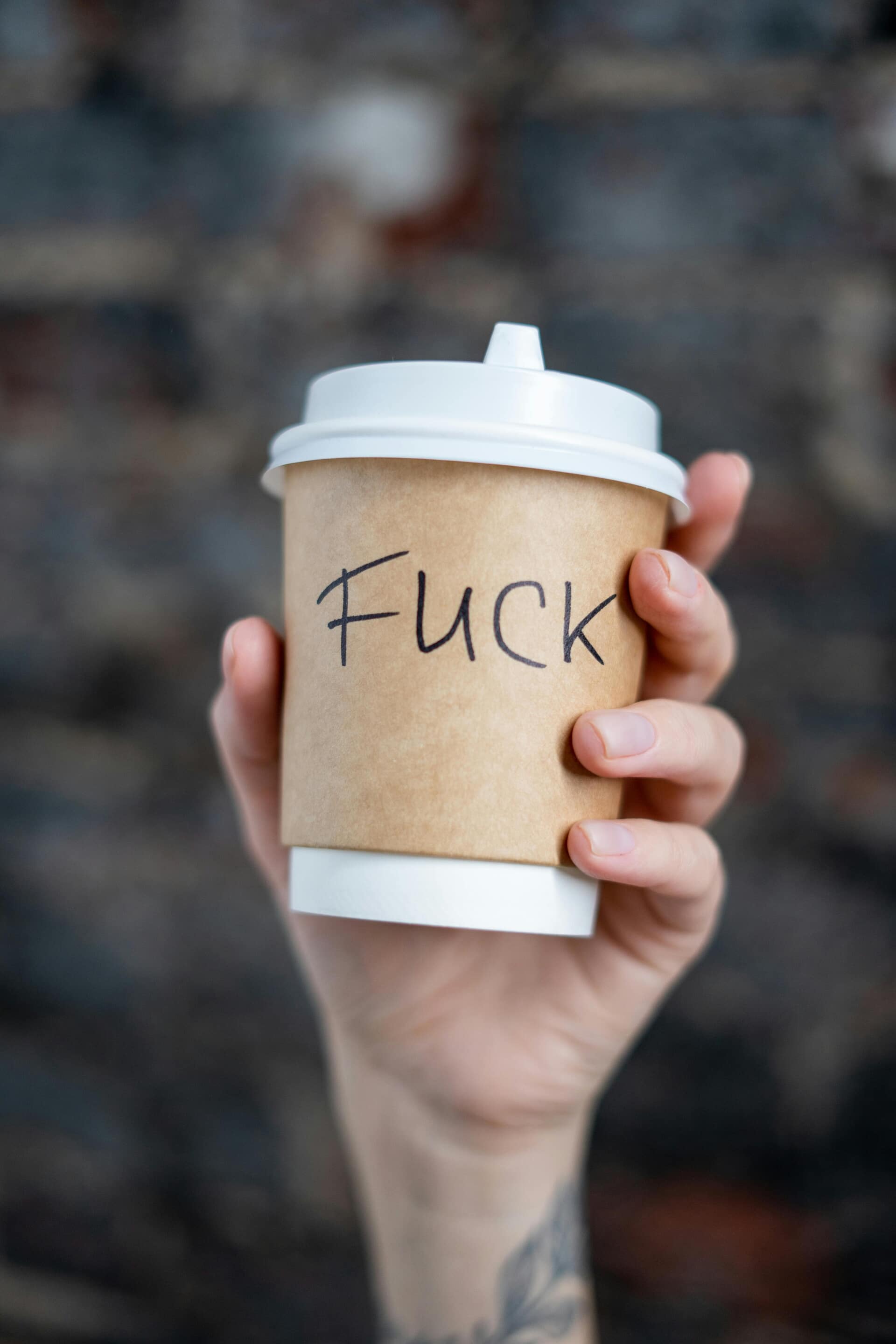

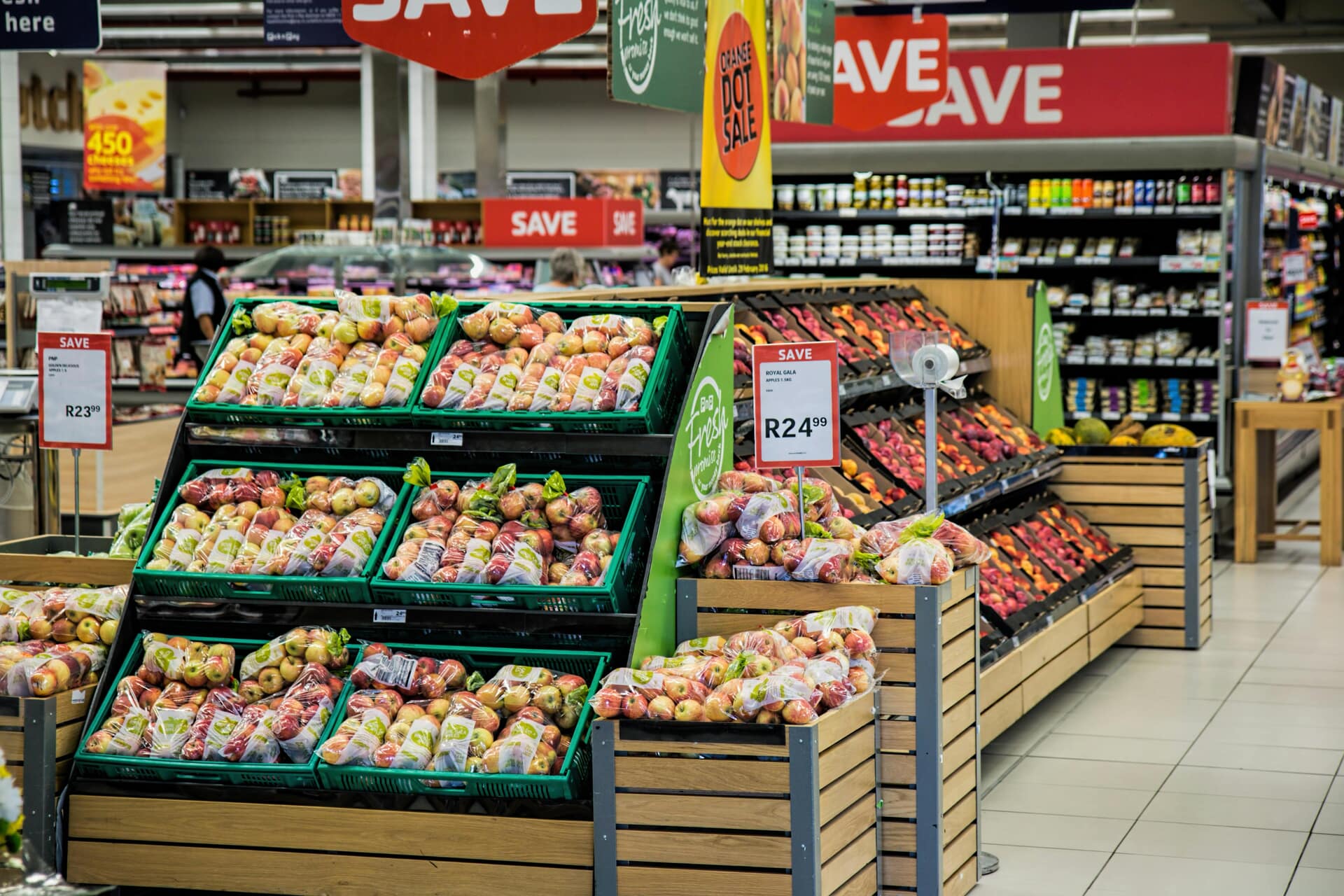
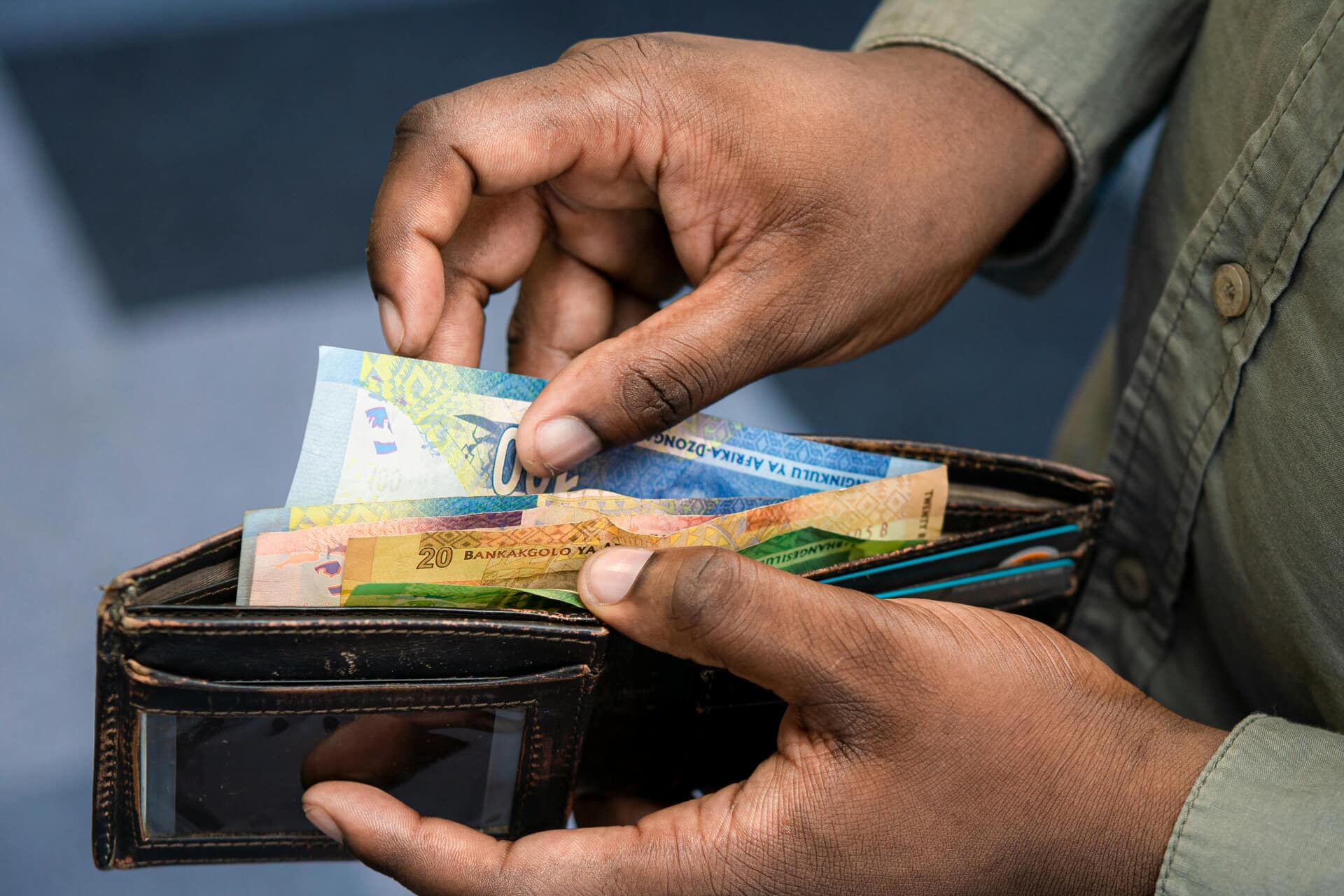
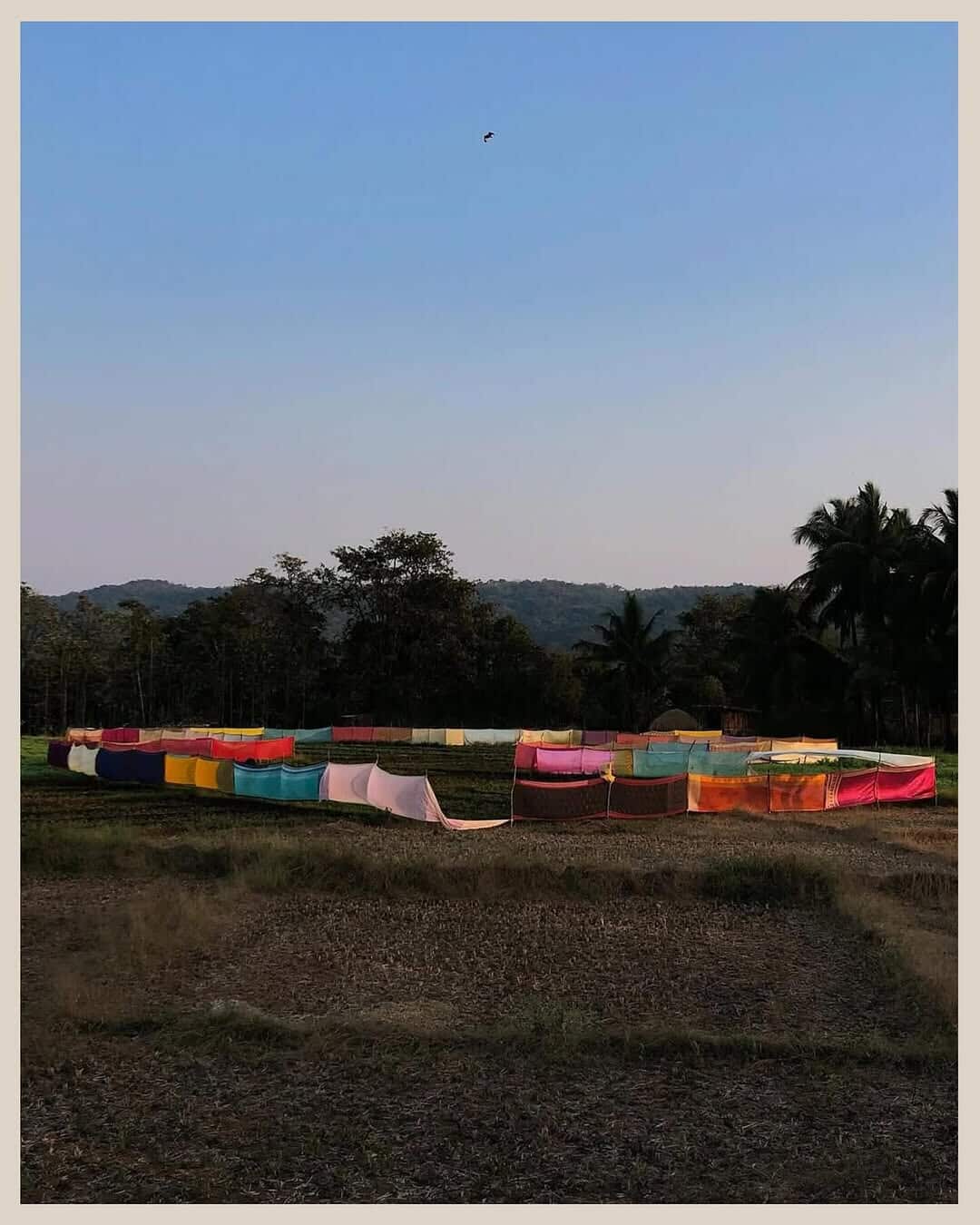
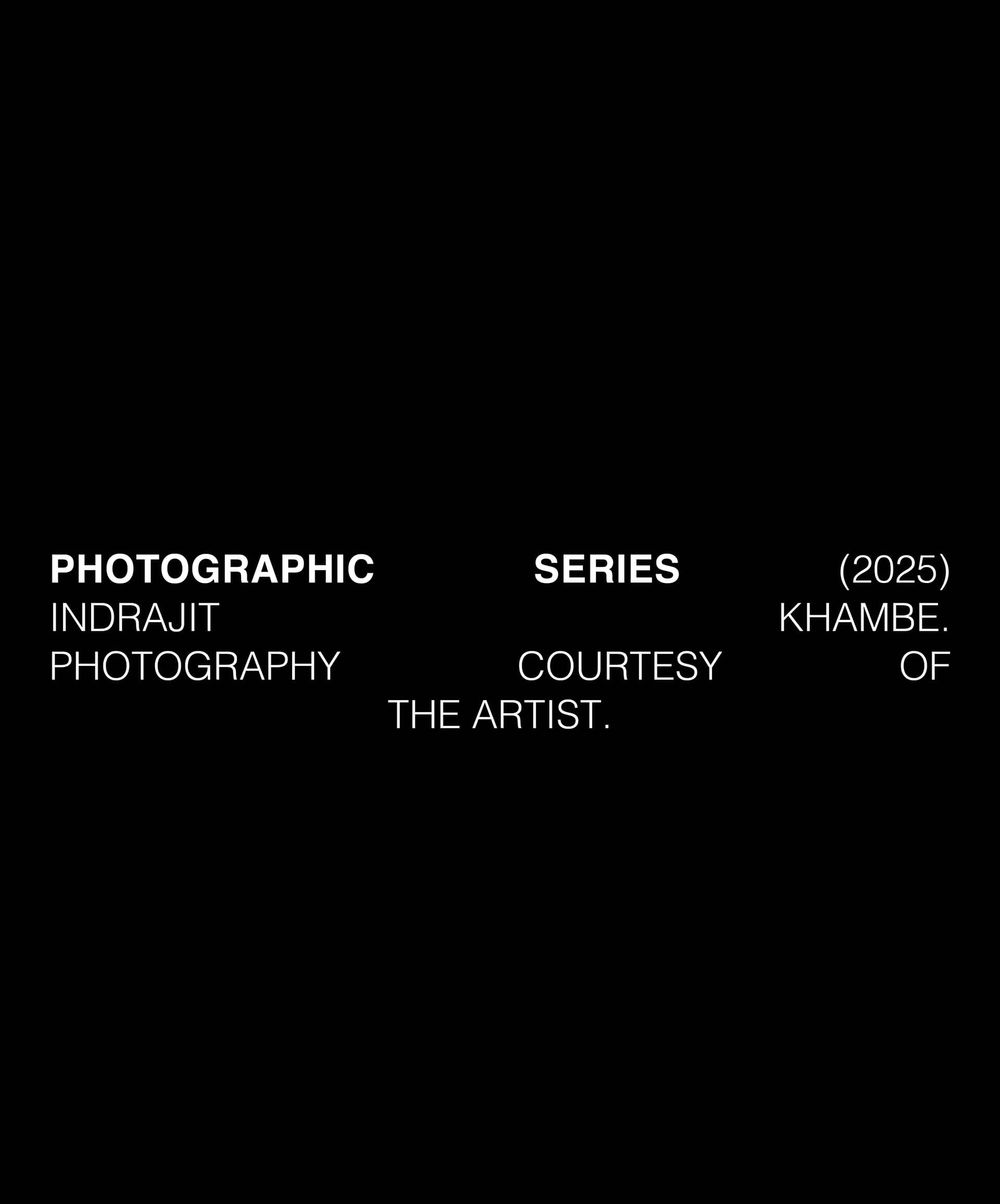

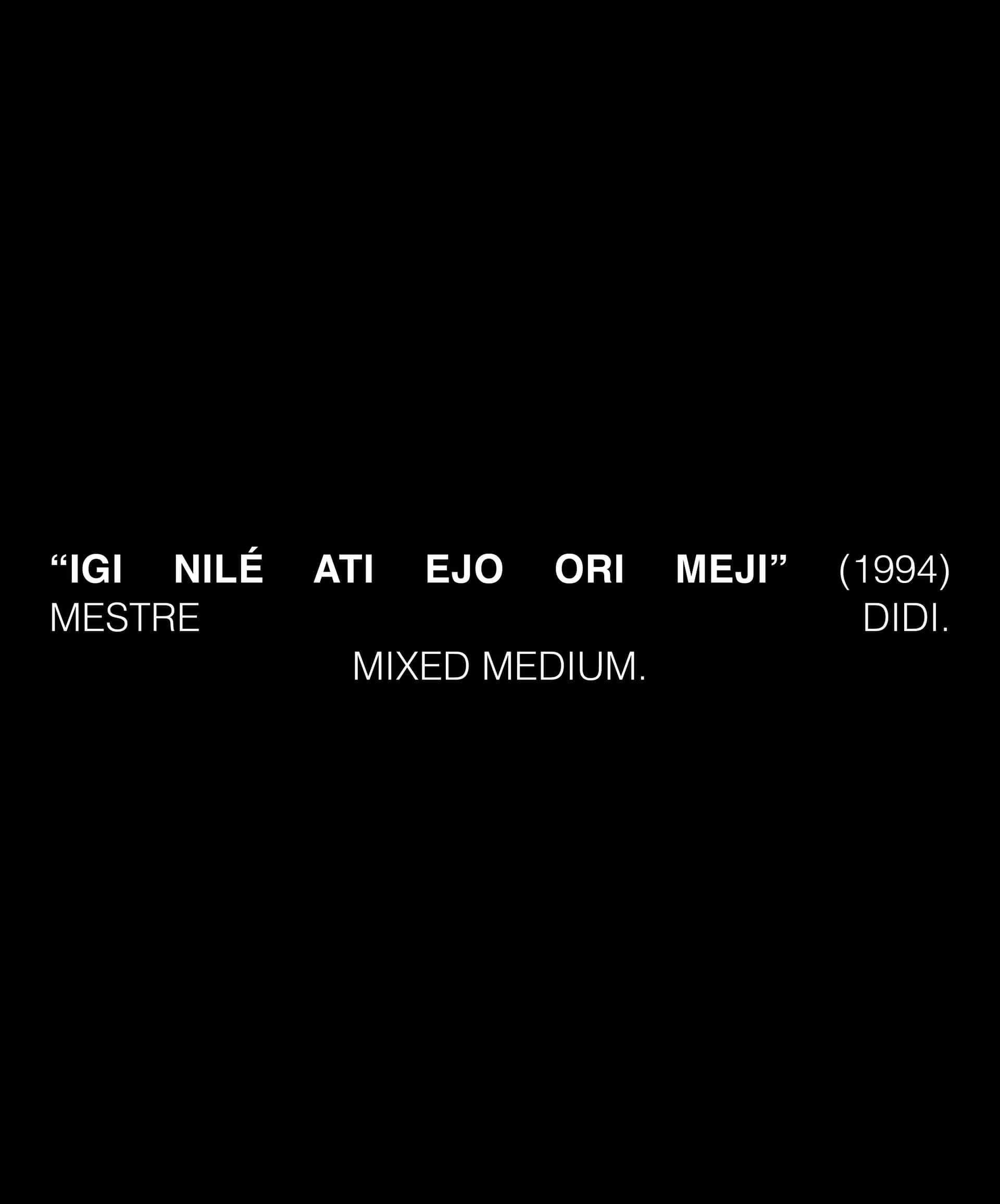

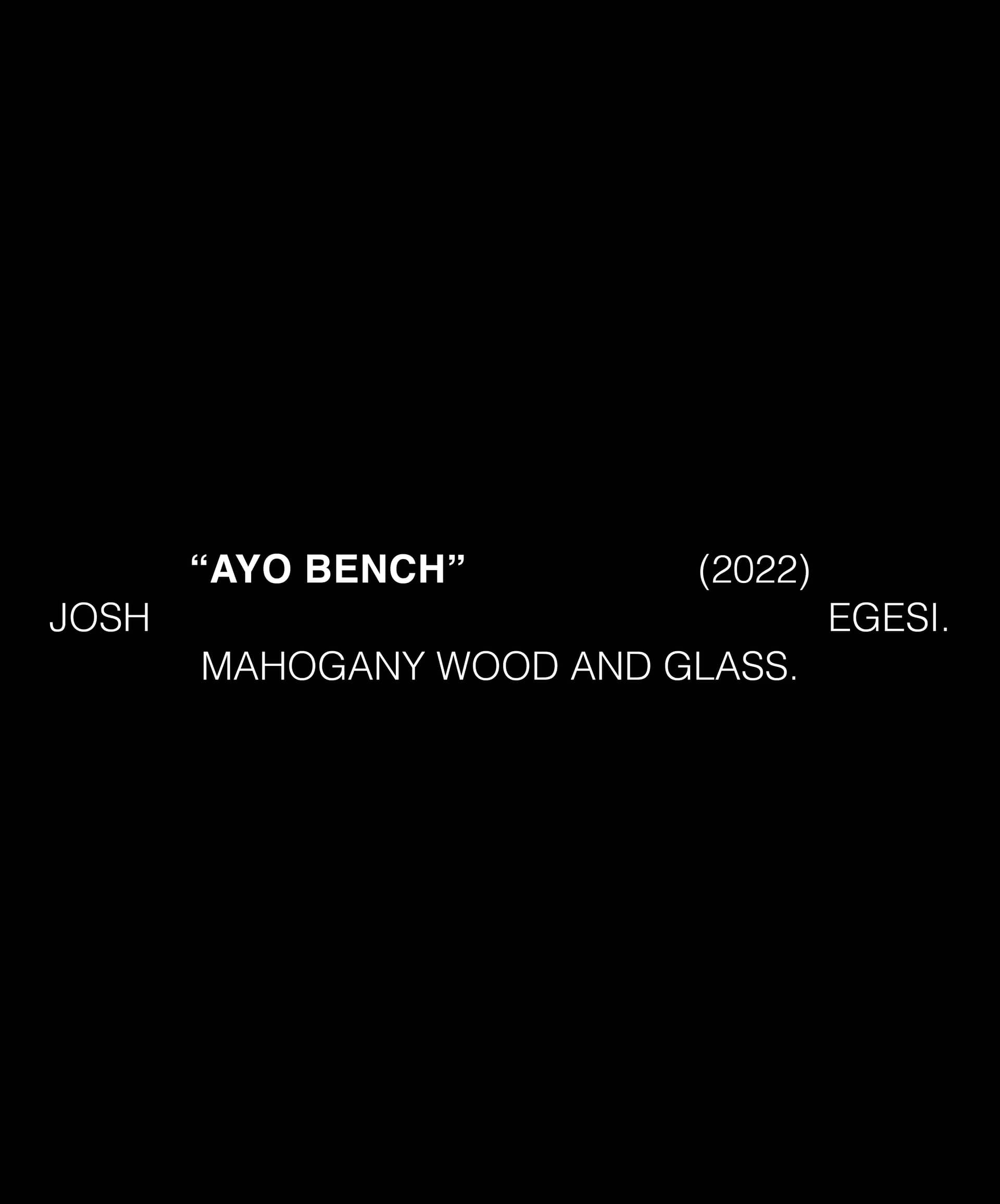
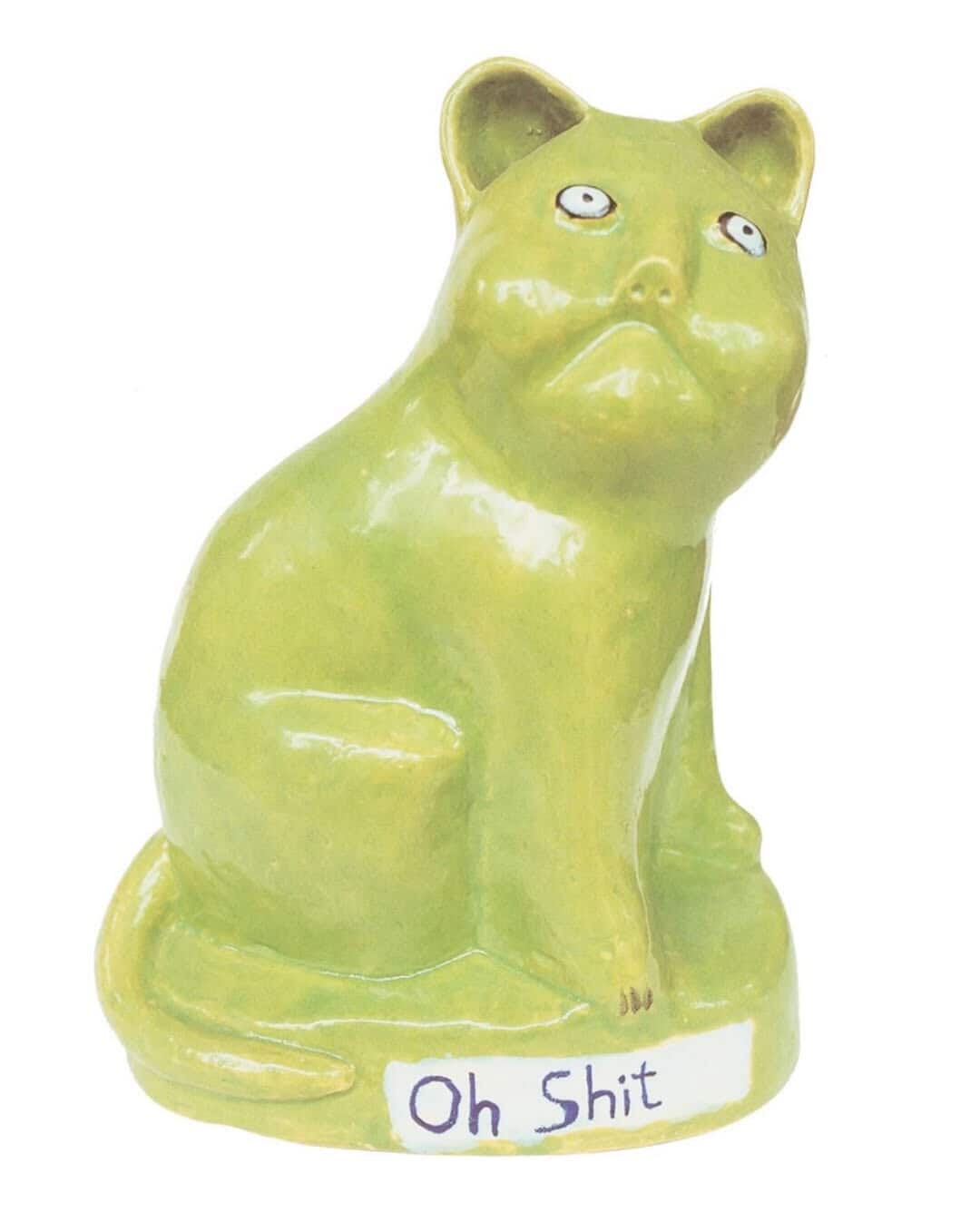


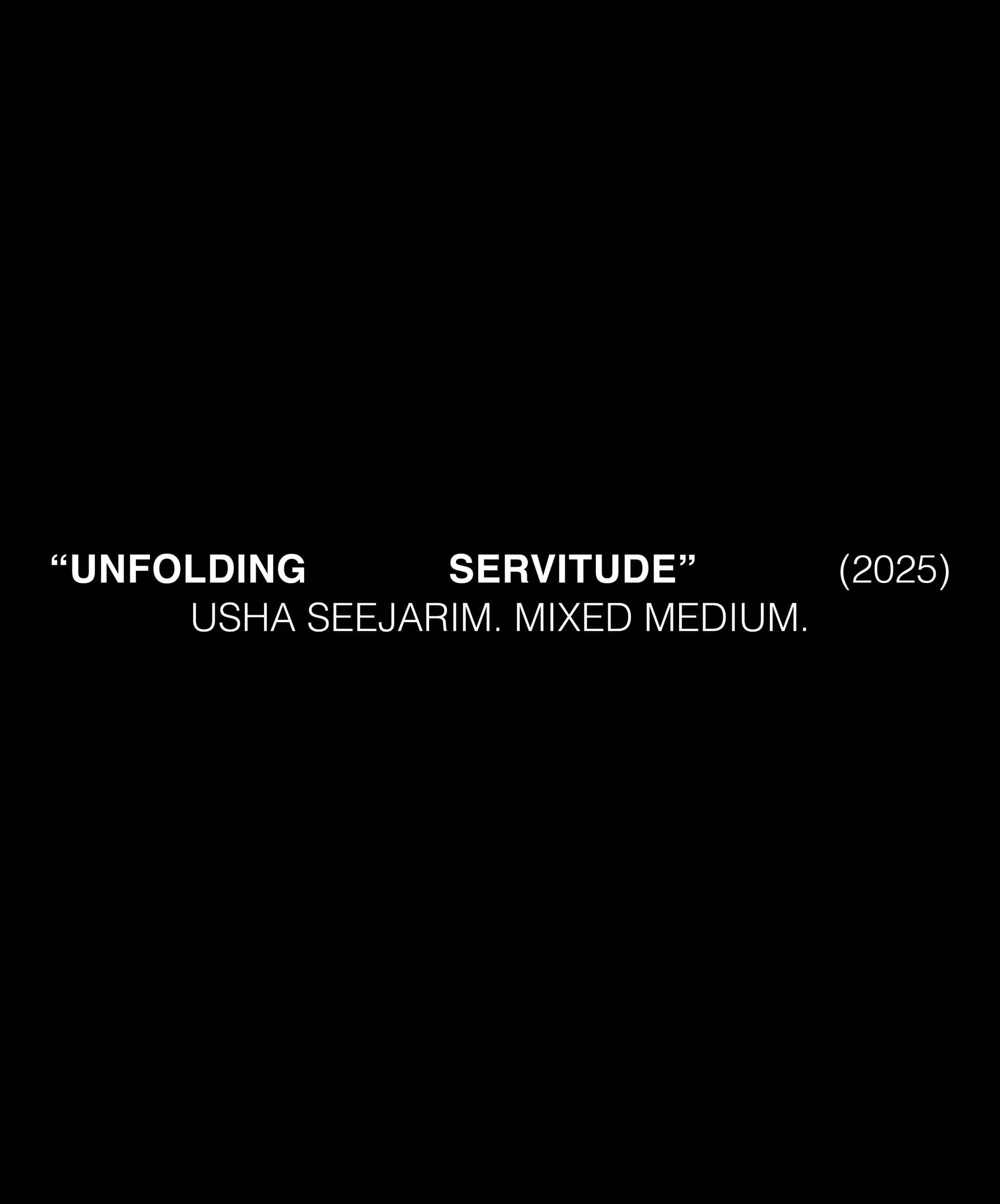
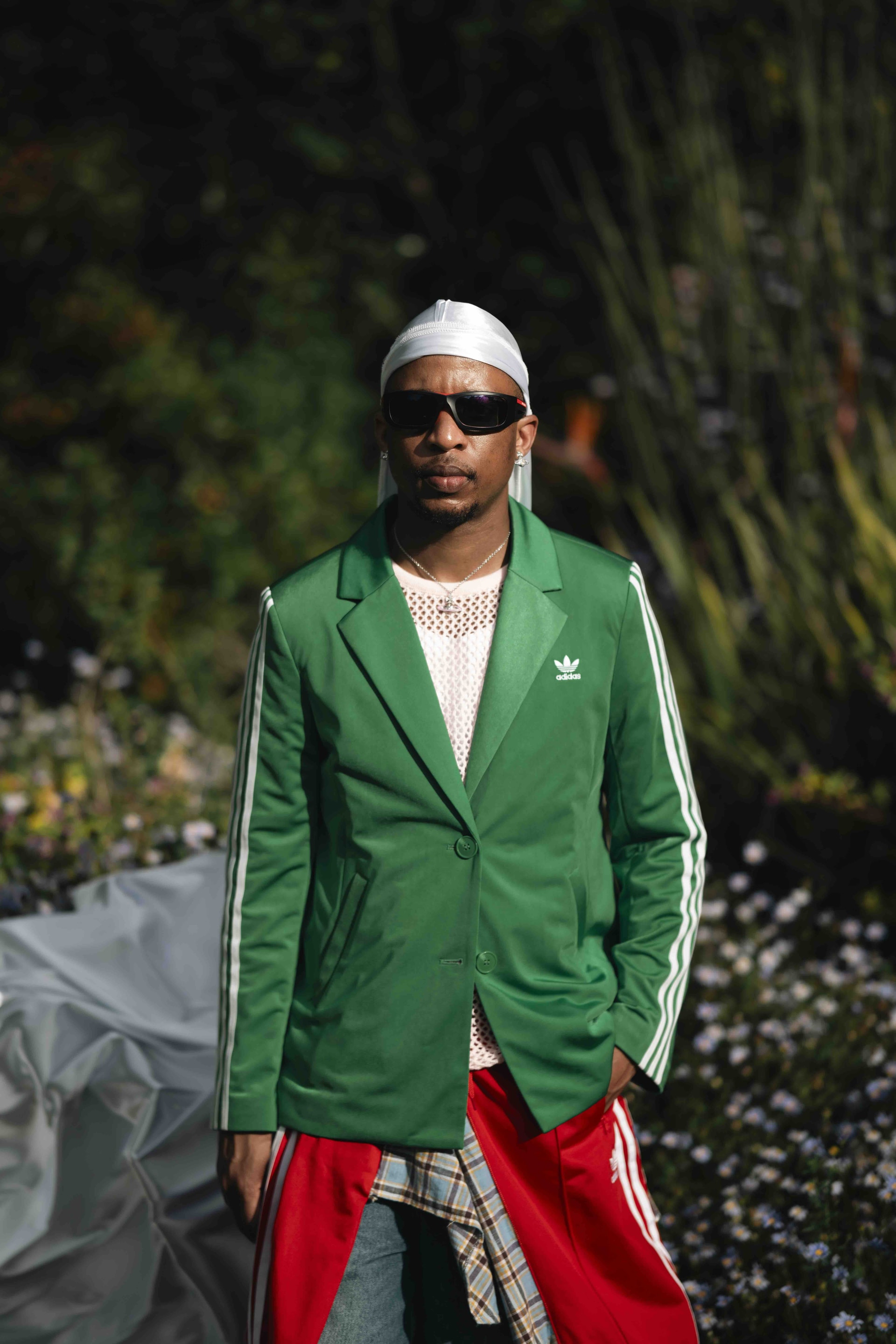
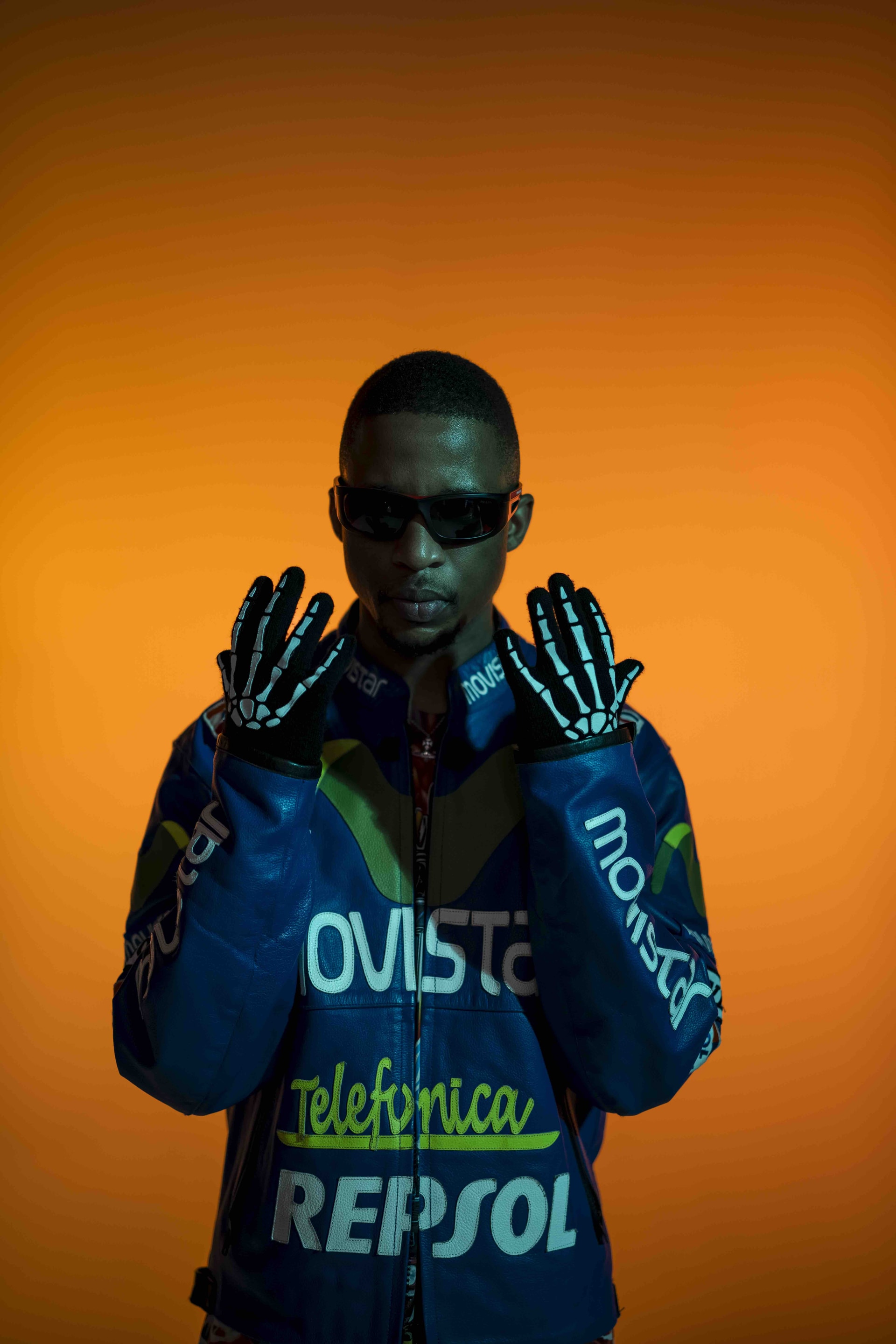
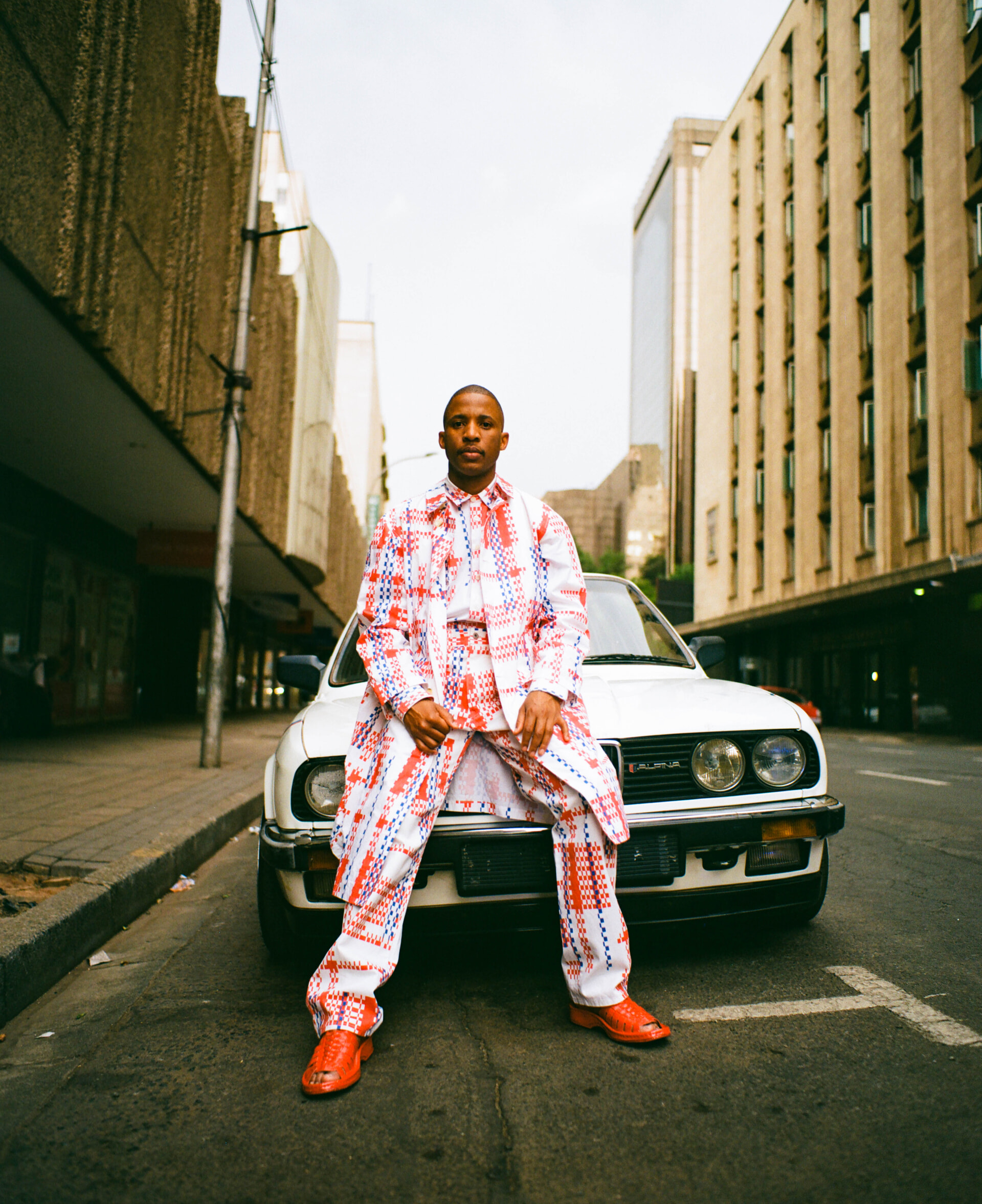


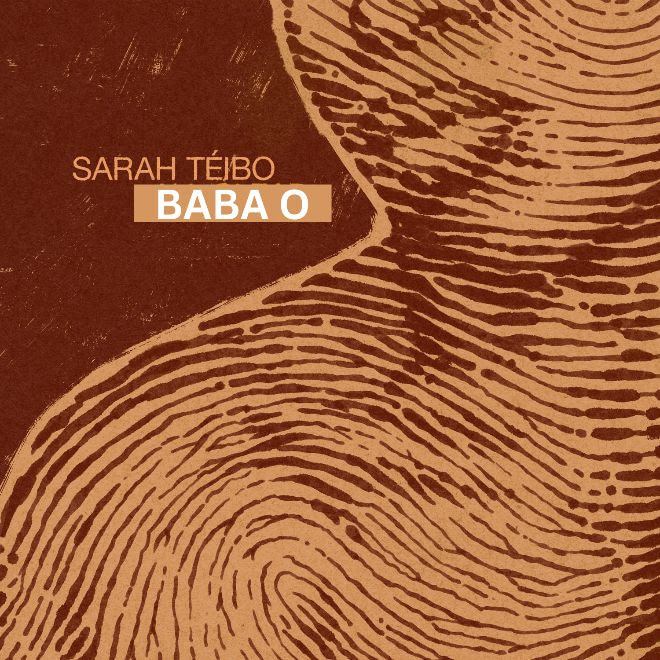

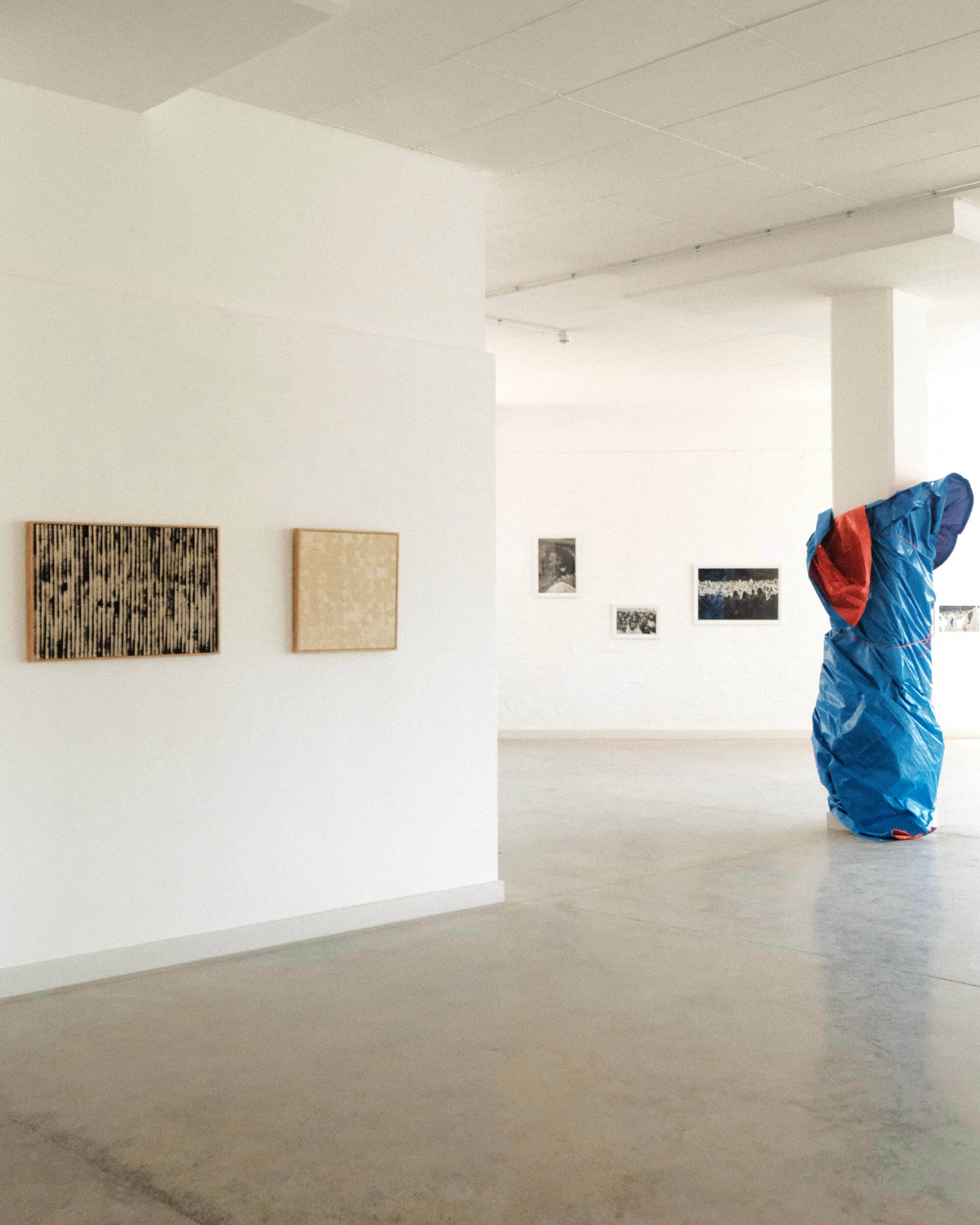
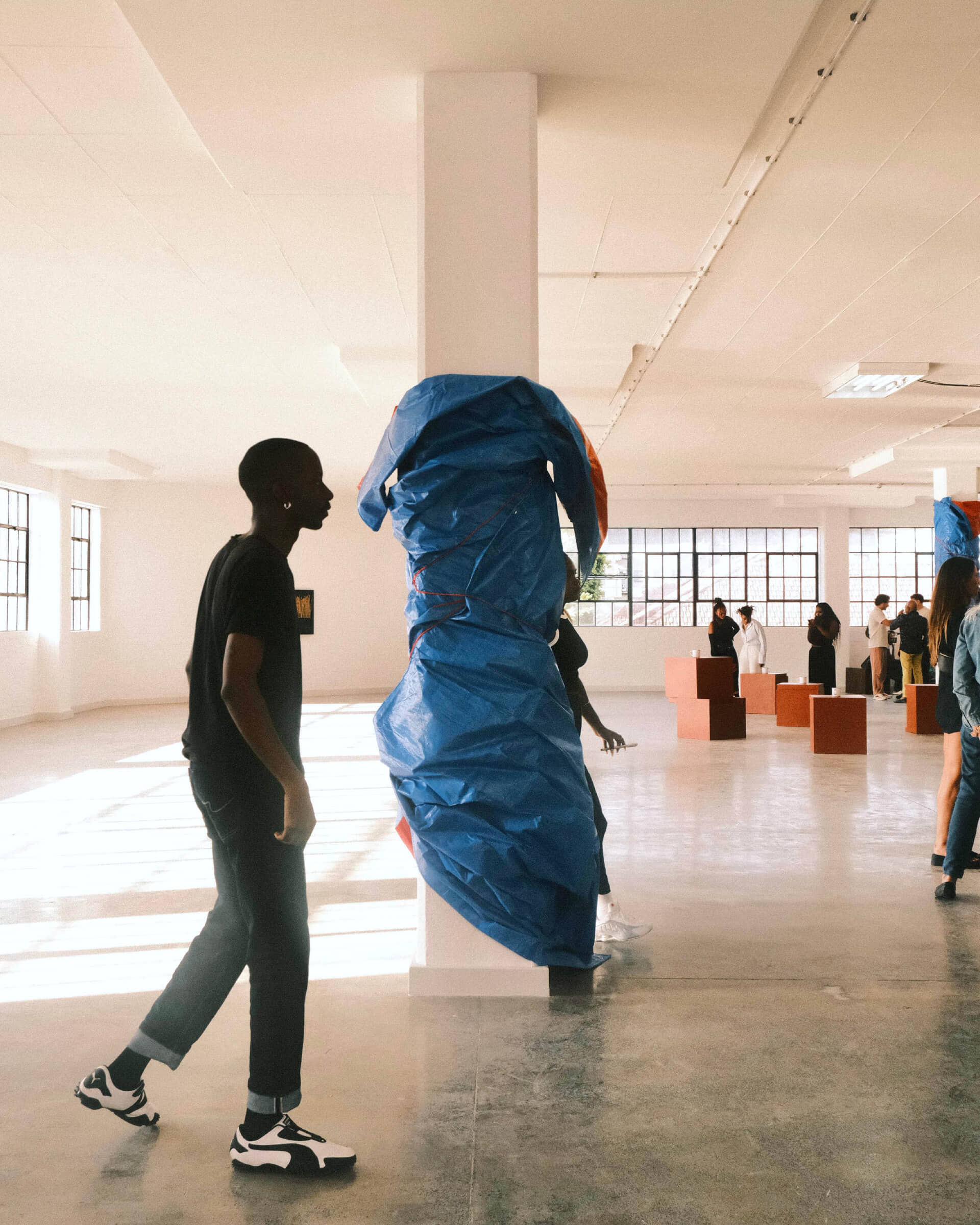
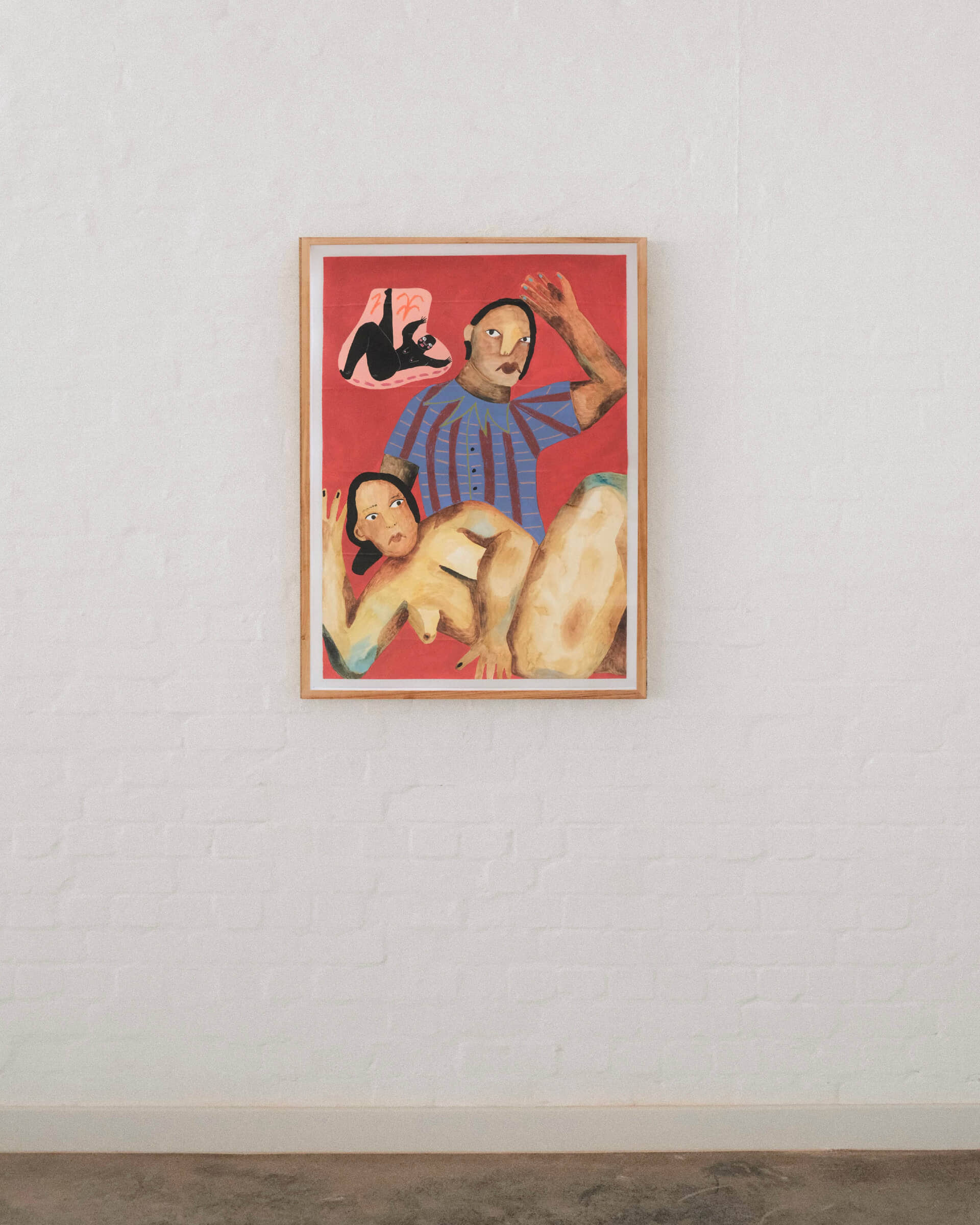
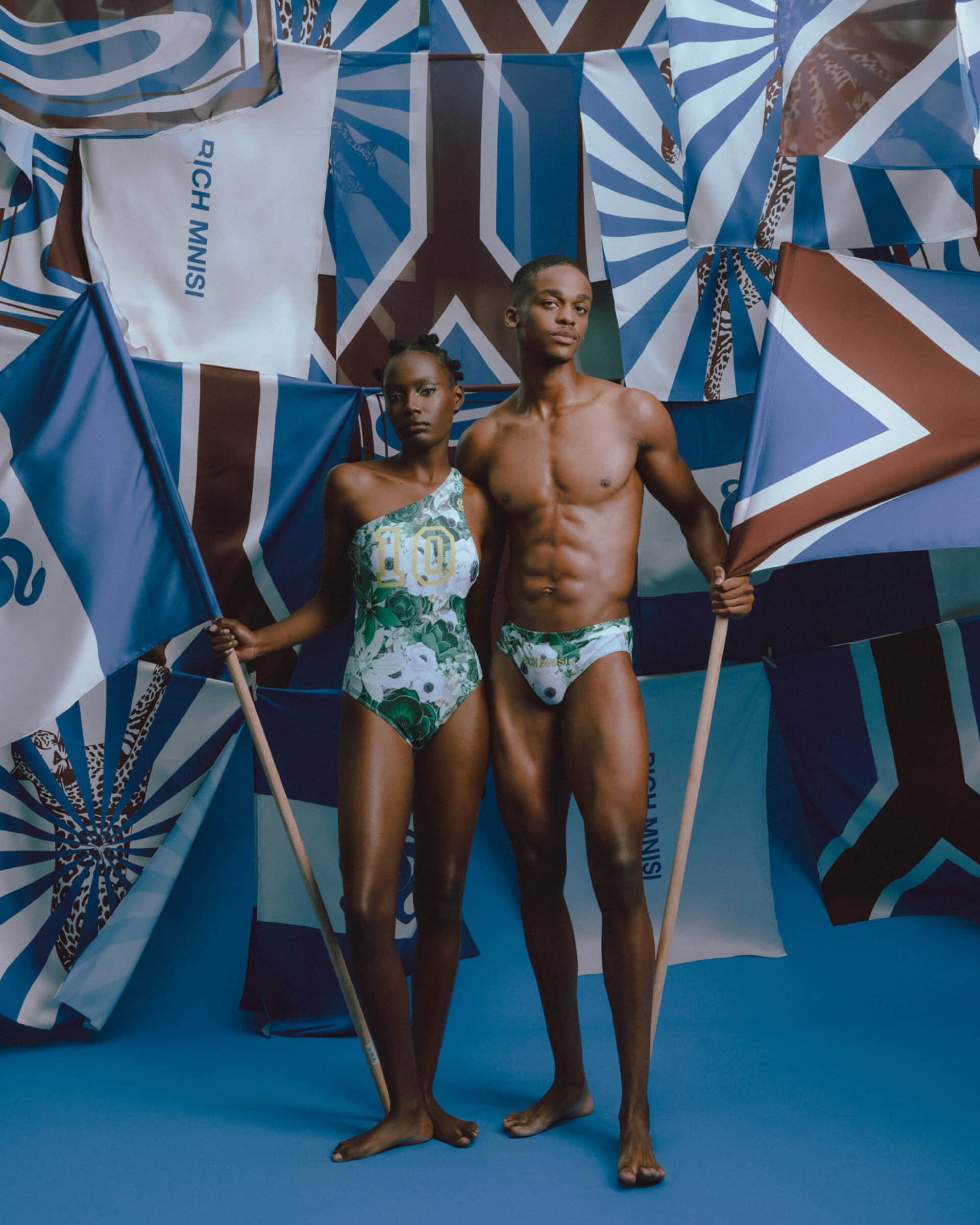
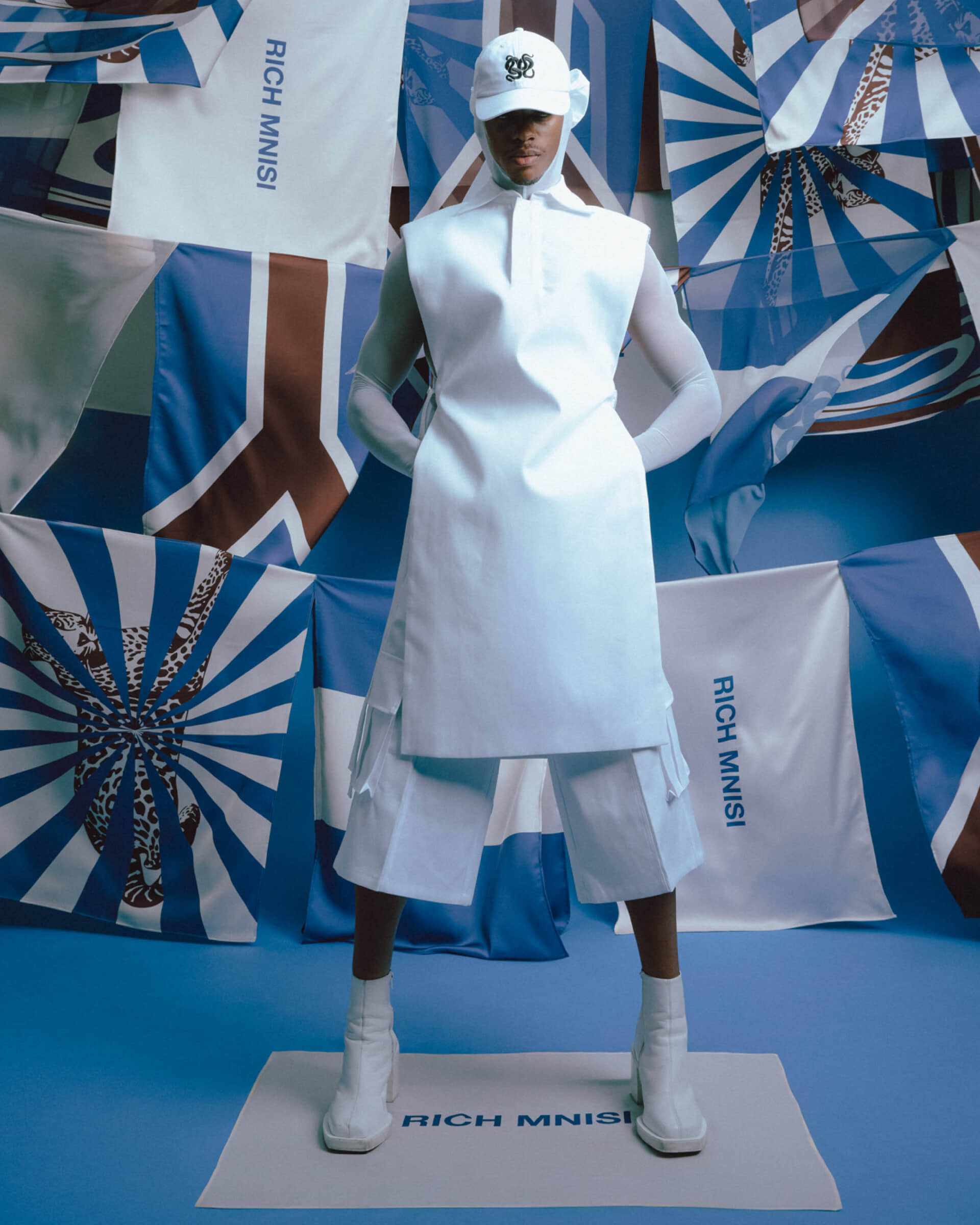
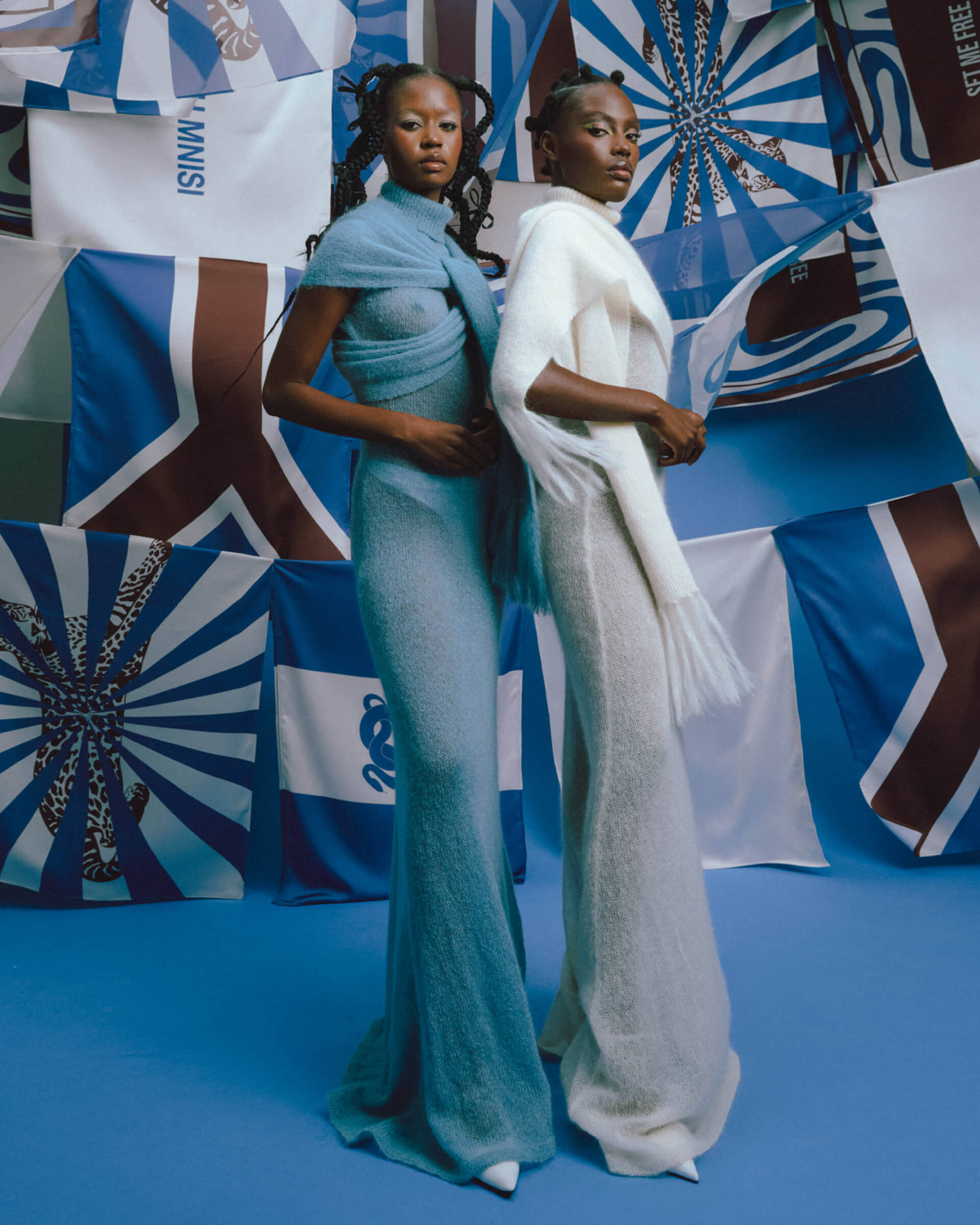
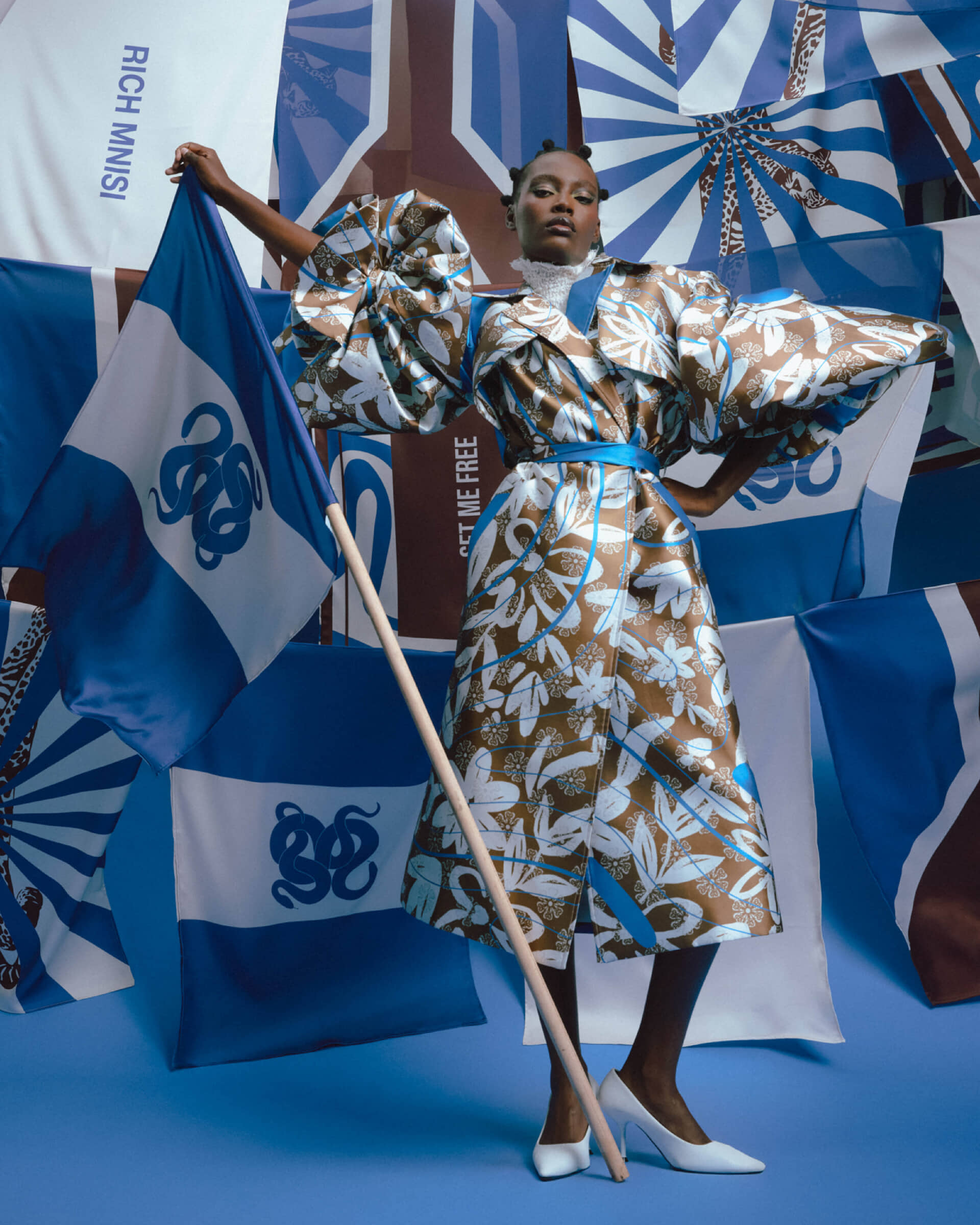

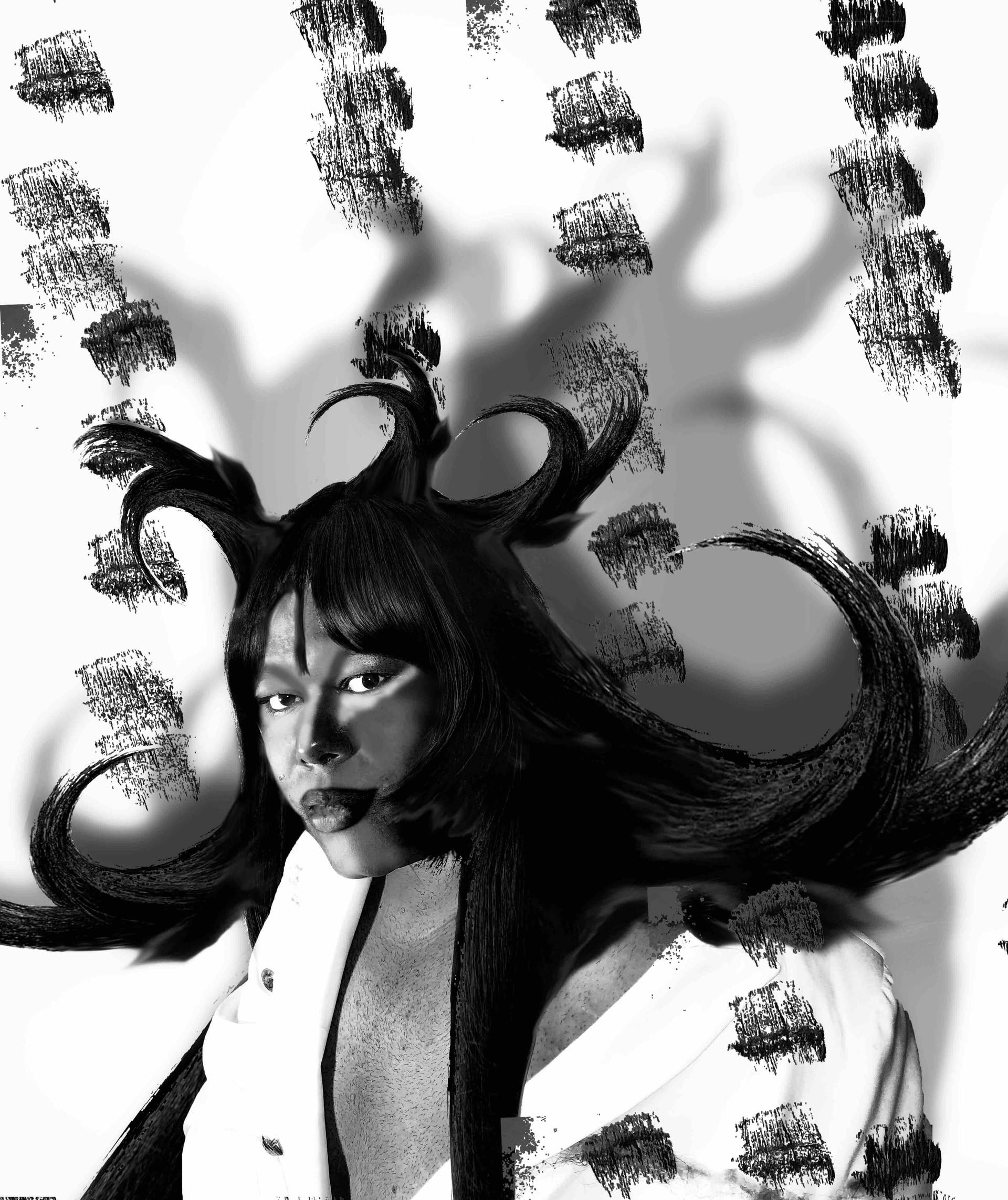
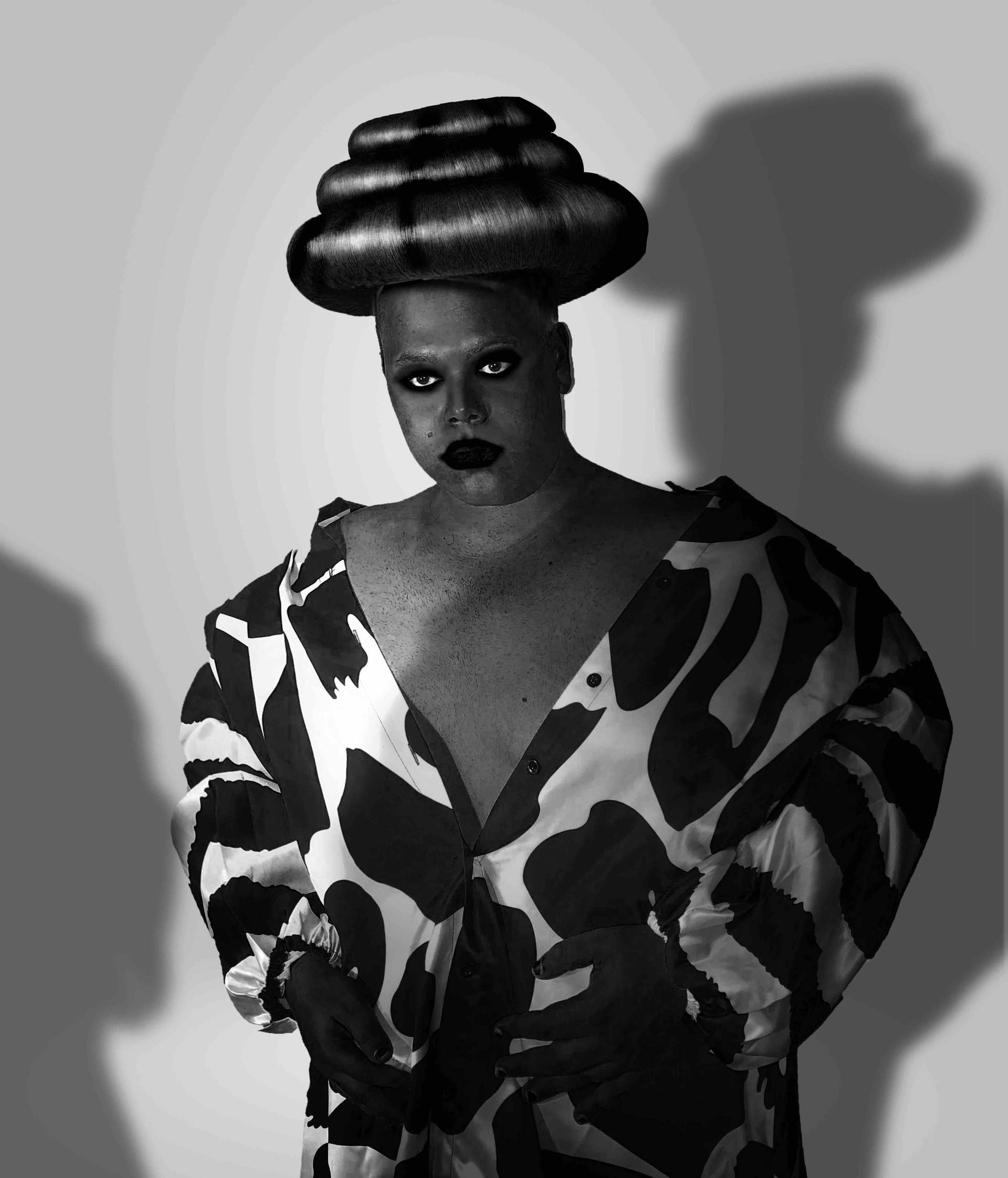
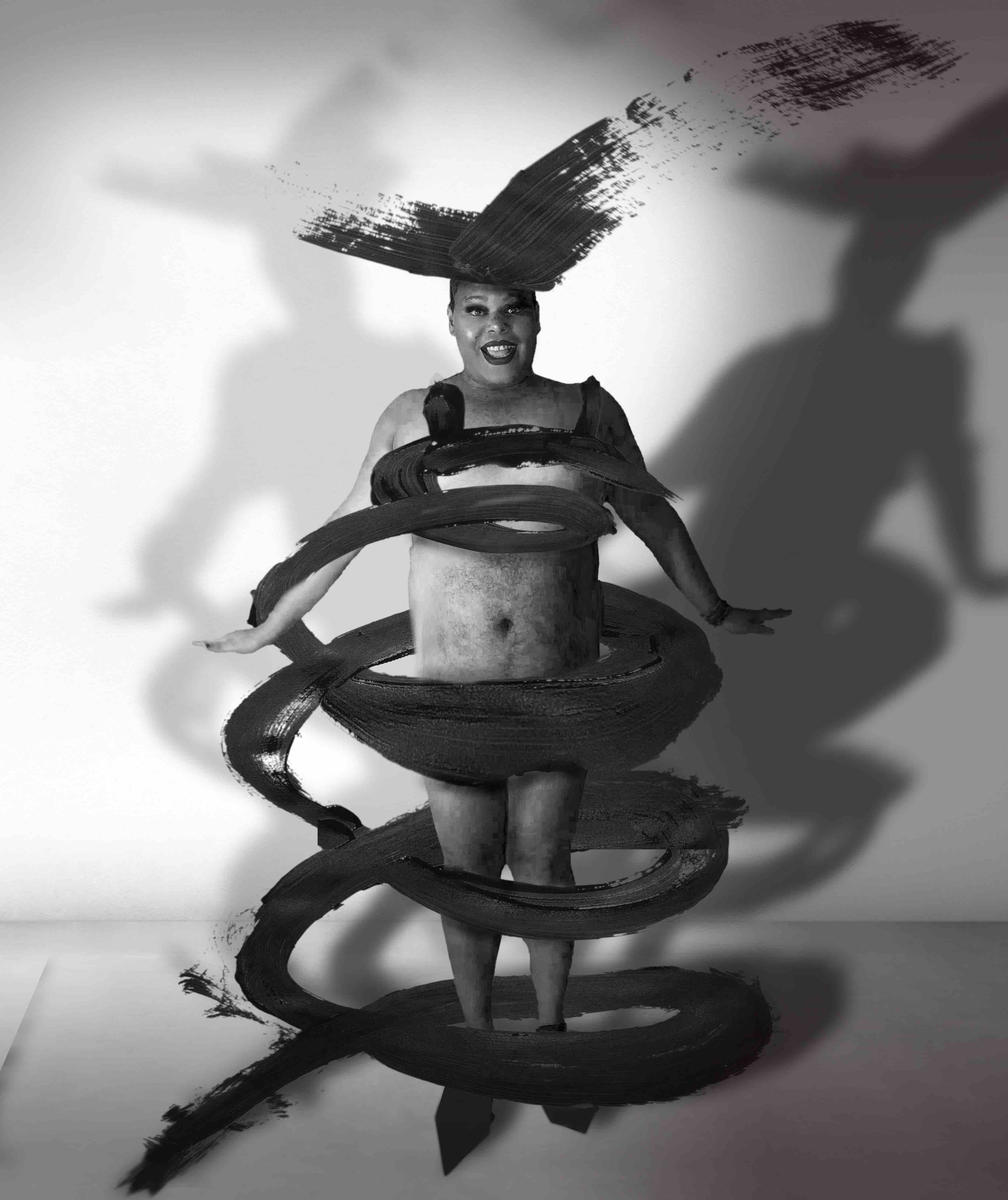
Recent Comments